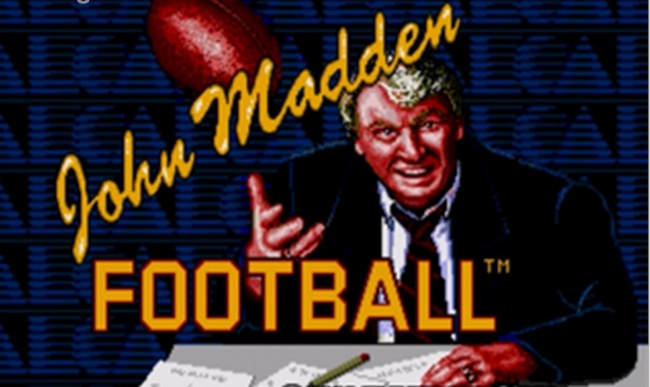Much like a movie, music in a video game helps to set the scene, develop the mood and conveys the experience as it foreshadows the events to come. It’s because of this importance of music in gaming that local company GAAM, an acronym for games, art and music, was started as a first-of-its-kind cultural event in the south east.
Ryan Thompson, one of the founders of GAAM, has wanted to work in the gaming industry since he was knee-high to a grasshopper. Having traveled to numerous gaming conventions on the west coast and in NYC, he realized one of the biggest draws were the after parties that featured retro gaming art and music. It was at these events that the light bulb went off.
“Why can’t we have something like that here? Why can’t we have cool art shows, where it’s more than just staring at pictures of beaches or birds? Why can’t we have any of the gaming industry or culture here in Jacksonville? Everybody plays games…this doesn’t make sense!” Thompson thought to himself.
As a former teacher at the Art Institute of Jax, he knew a small art show would be something students and friends would support, and if done properly, could grow into a positive economic impact for the city. Thus, GAAM was born. And with the letter “M” in GAAM referring to music, it’s clear how much of a role music has on the gaming industry.
“Ever tried playing Super Mario Brothers, Grand Theft Auto or Mega Man with the sound off? If you have, you probably realized pretty quickly how boring it can be. Great games don’t exist without great music” said Thompson.
It seems a good portion of the country has also taken notice of the music within a game. Traveling symphonies dedicated solely to gaming music are consistently selling out nationwide and modern day artists are frequently sampling retro gaming tracks.
“The ability to actually acquire or emulate old gaming music is becoming easier and easier. It’s similar to how old songs are sampled or remixed now, it’s because the barrier to get those old songs have diminished. Once the barrier for getting old school gaming music into a form where it can be edited and used more easily, it’ll break the point of being a trend or fad, and stop being called “gaming music”, it’ll just be music.” Thompson said of the cultural shift.
But why does this seem to be happening now? Because in many games, the music is remembered long after the power has been turned off on the console. It creates an emotional attachment that’s unparalleled in other avenues.
Which is why at the very first GAAM show, GAAM made it a point to bring in a DJ that could use those same memorable tunes to blend in with modern day music that everyone would enjoy.
DJ Nes, who coincidentally has the real first name of a gaming powerhouse, is both a true gamer and musician.
“At the first GAAM show, people loved Nes’ remixed versions of video game music! They would just be walking through, looking at some art, and then all of a sudden realize they were humming the Super Mario Bros. theme mixed with a song from the Top 40 and go, “Oh wow…that’s the Mario theme!”. Gaming and music are intertwined so deep into our lives that sometimes we don’t even realize it! So we definitely want to build on the musical element next show” said Thompson.
And if the first GAAM show was any hint as to how well music and art tie into the gaming world, the next shows were Zelda, Mortal Kombat and even a Teenage Mutant Ninja Turtles theme to an even greater success.
To stay up to date on future GAAM shows, including two this summer, be sure to visit GAAM’s website.
Art and music have always gone hand in hand when it comes to gaming and Thompson’s goal for next show remains at its core. “I hope people take away that gaming can be a fun and a sophisticated part of our culture that’s grown up with us, and if we open our minds to it, Jacksonville can be a catalyst for the industry and culture to thrive on the east coast, just as it has on the west coast.”
This post originally appeared in Void Magazine










